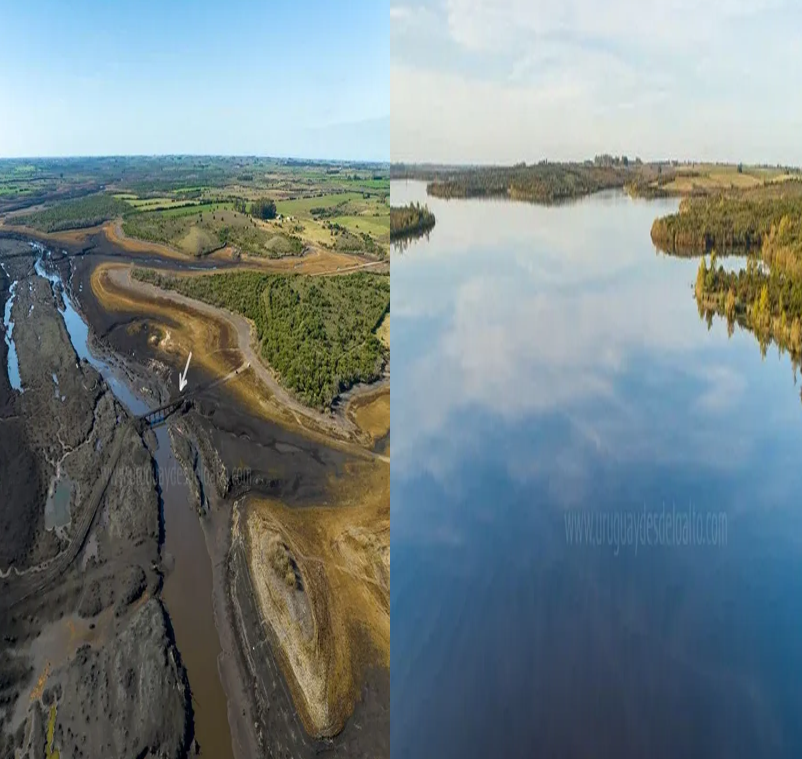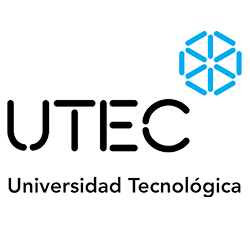Water crisis in Montevideo and the Metropolitan Area of Uruguay (Uruguay)

Uruguay’s 2022 – 2023 megadrought precipitated a 195-day drinking-water crisis in the Metropolitan Zone, home to 60% of the population. This study tracks water-quality evolution from March to August 2023 and assesses the mitigation measures adopted.
Publicly available datasets were merged: 195 daily Na⁺/Cl⁻ results from OSE, weekly records from the Montevideo laboratory, and 47 URSEA spot checks. Samples were geo-referenced to the three OSE distribution corridors, averaged into daily means, and correlated with Paso Severino reservoir storage and rainfall to characterise salinity dynamics.
When storage dropped below 3 % (≈ 5 Mm³), chloride and sodium exceeded national limits for 74 days, peaking at 700 mg L⁻¹ and 440 mg L⁻¹, respectively. The Ministry of Public Health issued temporary derogations so OSE could preserve supply while deploying emergency source blending. Demand fell only modestly, signalling limited public engagement despite advisories. Subsidies were provided to vulnerable groups.
Post-event review exposes three systemic weaknesses: (i) absence of pre-defined drought-contingency triggers, (ii) infrastructure unable to switch sources or treatments rapidly, and (iii) one-way risk communication. Building resilience demands embedding climate-risk criteria into long-term planning, diversifying raw-water sources, expanding storage and treatment flexibility, and codifying bidirectional emergency protocols to ensure equitable access during future extremes.

